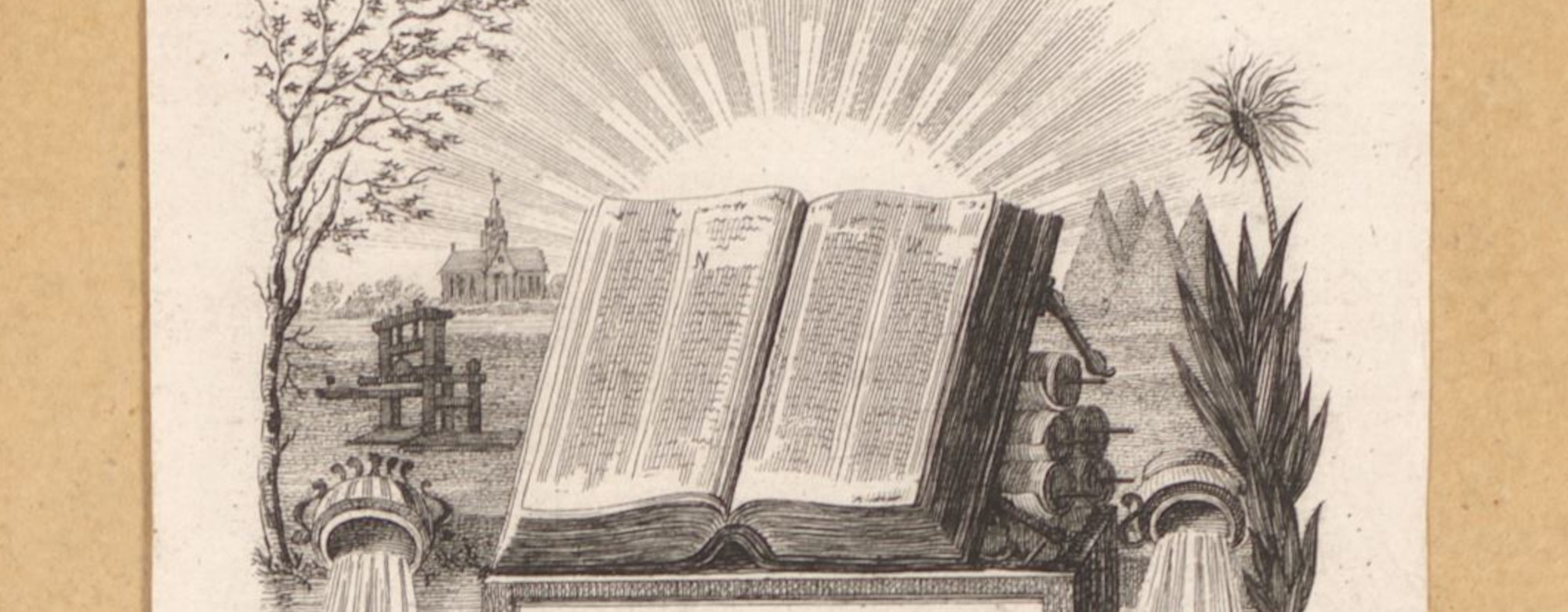On the 28th of October the European Commission has adopted a recommendation on digitisation and digital preservation. This recommendation is following up on a similar recommendation from 2006. At the core of the recommendation is the request to the member states to step up their digitization efforts, pool their resources and involve private actors in digitising cultural material. All of this is related to ensure the expansion of Europeana, the Europeana Commission supported digital heritage portal for Europe.
Given that copyright remains the number one obstacle to getting cultural heritage collections online it is no surprise that this recommendation deals with copyright questions as well. In this context it is good to see that the Commission is making it clear that digital reproductions of public domain works must remain in the public domain:
…in order to allow wide access to and use of public domain content, it is necessary to ensure that public domain content remains in the public domain once digitised. The use of intrusive watermarks or other visual protection measures on copies of public domain material as a sign of ownership or provenance should be avoided. (recital 13, page 3)
This position is also detailed in Article 5 of the recommendation:
5. Digitisation and online accessibility of public domain material
[The European Commission hereby recommends that Member States] improve access to and use of digitised cultural material that is in the public domain by:
- ensuring that material in the public domain remains in the public domain after digitisation,
- promoting the widest possible access to digitised public domain material as well as the widest possible re-use of the material for non-commercial and commercial purposes,
- taking measures to limit the use of intrusive watermarks or other visual protection measures that reduce the usability of the digitised public domain material;
However the Commissions unequivocal support for the public domain status of digital reproductions of PD works (which is in line with COMMUNIA policy recommendation #5) stands in stark contrast to the lack of a coherent strategy when it comes to the digitization of works that are not in the Public Domain.
In recital 11 of the draft recommendation the commission notes that
Only part of the material held by libraries, archives and museums is in the public domain, in the sense that it is not or is no longer covered by intellectual property rights, while the rest is protected by intellectual property rights. Since intellectual property rights are a key tool to stimulate creativity, Europe’s cultural material should be digitised, made available and preserved in full respect of copyright and related rights.
Unfortunately the Commission fails to explain how in-copyright material held by libraries, archives and museums can be digitized and made available ‘in full respect of copyright and related rights’. The article dealing with ‘digitisation and online accessibility of in-copyright material’ lists a number of unrelated policy initiatives that taken together provide very little room for cultural heritage institutions aiming at making their collections available online:
Digitisation and online accessibility of in-copyright material
[The European Commission hereby recommends that Member States] improve conditions for the digitisation and online accessibility of in-copyright material by:
- rapid and correct transposition and implementation of the provisions of the Directive on orphan works, once it is adopted, with consultation of interested parties ahead of adoption in order to facilitate a rapid implementation; a close monitoring of the Directive’s application once it is adopted,
- creating the legal framework conditions to underpin licensing mechanisms identified and agreed by stakeholders for the large scale digitisation and cross- border accessibility of works that are out-of-commerce,
- contributing to and promoting the availability of databases with rights information, connected at the European level, such as ARROW;
If we really want to increase the ability of Europe’s cultural heritage institutions to function in the digital age by enabling them to make available their collection online, these half hearted measures will not suffice. What we really need are copyright exceptions that allow cultural heritage institutions to make their collections available online for non commercial purposes. Everything else means sacrificing the opportunities provided by digitization to a outdated copyright system stifles access to our shared knowledge and culture in the name of ‘stimulating creativity’.
